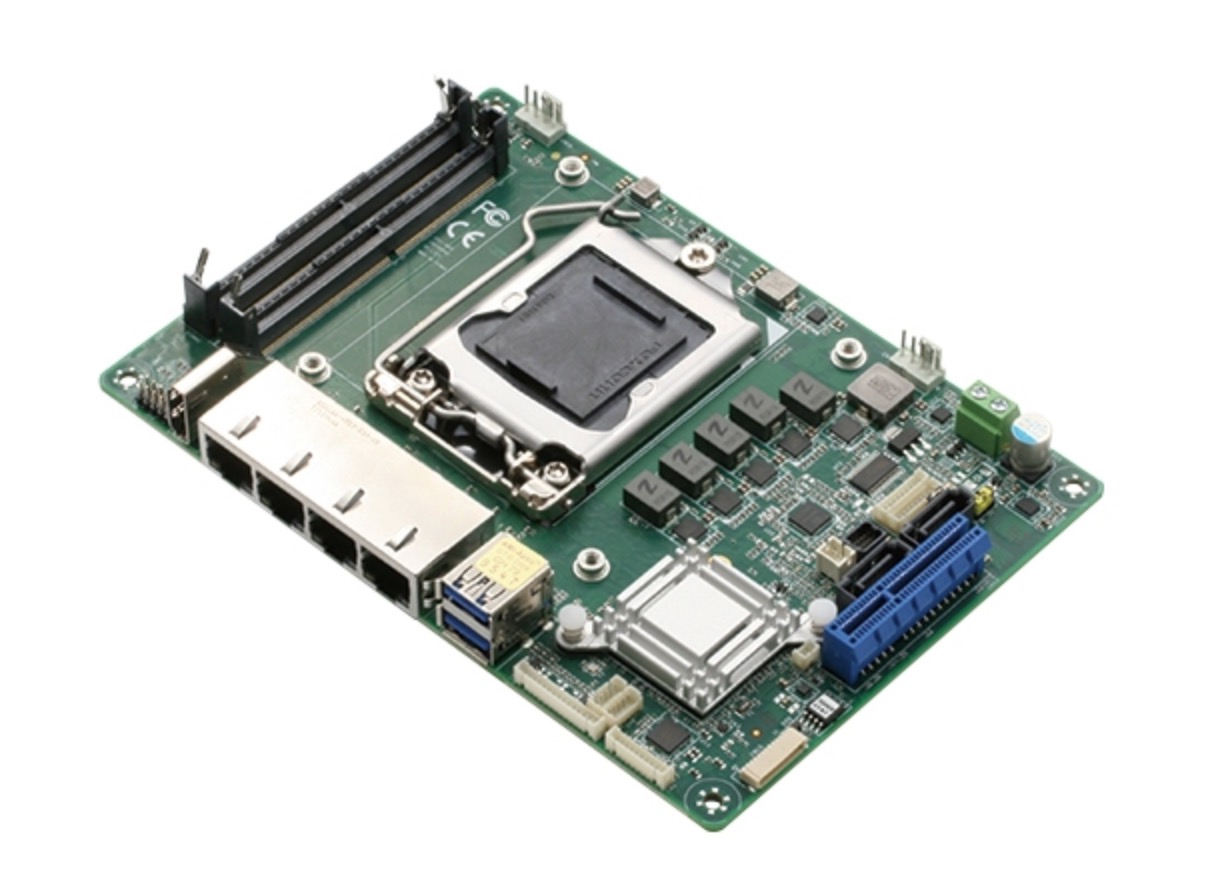Yes - they are part of the same generation of Corollas, 7th generation (1993-1997).
- 6th Generation Intel® Core™ i7 Processors product listing with links to detailed product features and specifications.
- 6th and 7th generation of computers? And resistors.this was also called chip. The computer of this generation were 1000 times fast as compared to first generation computers and their cost was.
This content's tone or design may not really reflect the utilized on Wikipedia. Observe Wikipedia's for suggestions. ( February 2019) The Fifth Generation Computer Techniques ( FGCS) had been an effort by Asia's (MITI), started in 1982, to make computers making use of. It has been to be the result of a substantial government/industry research project in Japan during the 1980s. It targeted to generate an 'epoch-making computer' with supercomputer-like overall performance and to supply a platform for long term developments in.
There had been also an unconnected Russian project also called as a fifth-generation personal computer (observe ).In his 'Trip Statement' paper, Prof. Ehud Shapiro (which concentrated the FGCS project on as the software basis for the task) captured the rationale and inspirations traveling this large task:'Like component of Asia's effort to turn out to be a head in the computer sector, the Company for New Generation Computer Technology has released a revolutionary ten-year program for the development of large personal computer systems which will end up being appropriate to knowledge information processing techniques. These Junior high Era computers will become constructed around the concepts of reasoning programming.
In order to refute thé accusation that Asia exploits knowledge from overseas without contributing any of its personal, this task will promote original study and will create its results accessible to the worldwide research area.' The expression 'fifth generation' has been designed to express the system as getting a jump beyond existing machines. In the, computers using had been called the initial generation; and, the second;, the third; and those making use of, the 4th.
Whereas prior computer years had concentrated on raising the amount of logic components in a one CPU, the fifth generation, it had been widely considered at the period, would instead change to substantial quantities of CPUs for added performance.The project has been to produce the personal computer over a ten-year period, after which it was considered ended and expense in a new '6th generation' task would start. Views about its end result are separated: either it had been a failing, or it has been ahead of its period.
Contents.History In the past due 1960s till the earlier 1970s, there was much chat about 'decades' of computer hardware - usually 'three decades'. Initial generation: Thermionic vacuum tubes. IBM pioneered the arrangement of vacuum cleaner tubes in pluggable modules.
The had been a first-generation pc. Second generation: Transistors. The period of miniaturization starts. Transistors are much smaller sized than vacuum tubes, attract less strength, and generate less high temperature. Under the radar transistors are soldered to circuit planks, with interconnections achieved by stencil-screened conductive styles on the opposite part. The has been a second-generation personal computer. Third generation: Integrated circuits (silicon chips containing multiple transistors).

A pioneering example is definitely the ACPX component used in the lBM 360/91, which, by stacking levels of silicon ovér a ceramic substraté, accommodated over 20 transistors per nick; the potato chips could become packed collectively onto a signal table to achieve unheard-of logic densities. Shapiro, Ehud Y. 'The fifth generation project-a trip statement.' Marketing communications of the ACM 26.9 (1983): 637-641. Vehicle Emden, Maarten L., and Robert A new. 'The semantics of predicate reasoning as a programming language.' Diary of thé ACM 23.4 (1976): 733-742.
Shapiro E. A subset óf Concurrent Prolog ánd its interpreter, IC0T Complex Survey TR-003, Company for New Era Computer Technologies, Tokyo, 1983.
Also in Concurrent Prolog: Collected Papers, Y. Shapiro (ed.), MIT Press, 1987, Section 2.
Carl Hewitt. ArXiv 2009. Hendler, James (1 Mar 2008). IEEE Intelligent Techniques. 23 (2): 2-4.
Archived from (PDF) on 12 February 2012.